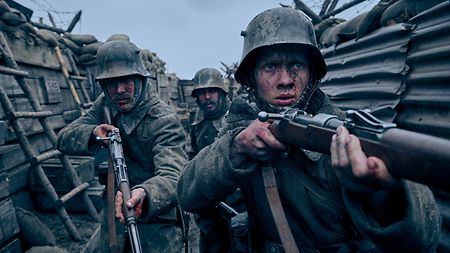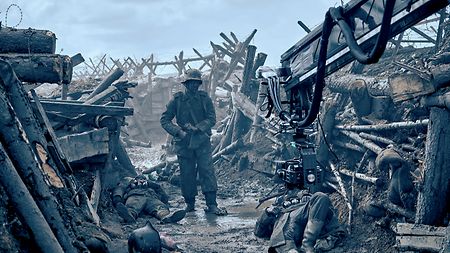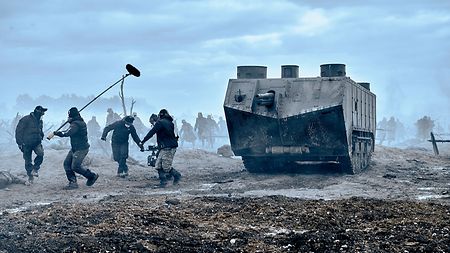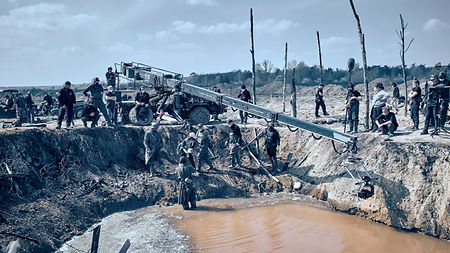Erich Maria Remarque's searing anti-war novel of 1928 has been adapted for the screen twice before, in the 1930s and 1970s. A new German-language version, directed by Edward Berger and shot by James Friend ASC, BSC, is now available to stream on Netflix, having also been released at selected movie theaters. Berger and Friend, who previously collaborated on the Showtime series "Patrick Melrose," developed a look for the film that combined ALEXA 65 and ALEXA Mini LF cameras with DNA and Prime 65 S lenses. James Friend speaks here about his creative choices on the production, which was based in the Czech Republic and serviced by ARRI Rental Prague.
How did you decide on a look for the film?
The director and I spoke a lot about naturalism. We wanted the feel of a documentary camera on the battlefield, capturing what the young soldiers are experiencing and running alongside our protagonist, Paul, as bullets fly past. With that kind of approach your first instinct is to go quite low-fi with the cinematography, but when you're working in a very difficult environment, you need to embrace technology to fully engage the audience. So, the film has a mix of handheld and steady operating because camera movement can be as distracting as not moving a camera. It was about determining what was appropriate for the scene or for what was going through our characters' minds in each moment.
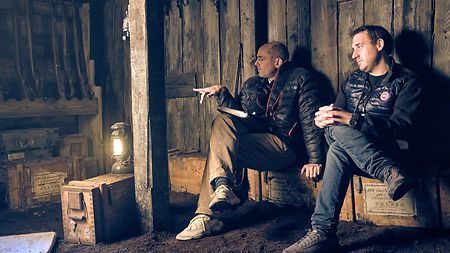
Director Edward Berger (left) and DP James Friend ASC, BSC on set

